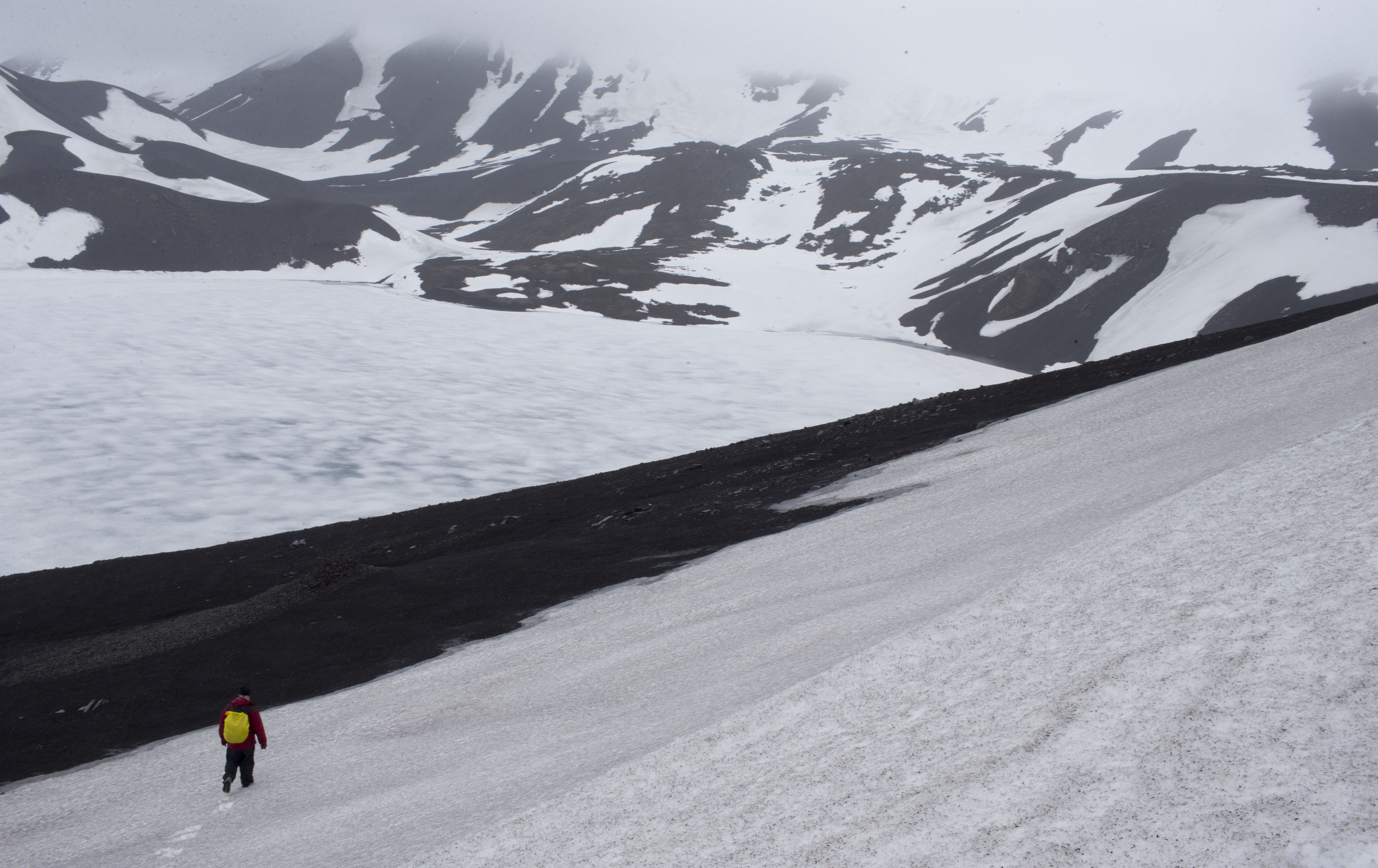A new study reveals that Antarctica’s snow is literally turning green… and the culprit appears to be climate change.
Researchers from the University of Cambridge and the British Antarctic Survey revealed in a paper published Wednesday in the peer-reviewed journal Nature Communications that green snow algae may flourish to such an extent as a result of a warming climate that the Antarctic Peninsula itself will start to show large areas of green snow.
“A warming Antarctica may lose a majority of the 62% of blooms occupying small, low-lying islands with no high ground for range expansion,” the authors write. “However, bloom area and elevation were observed to increase at lower latitudes, suggesting that parallel expansion of bloom area on larger landmasses, close to bird or seal colonies, is likely. This increase is predicted to outweigh biomass lost from small islands, resulting in a net increase in snow algae extent and biomass as the Peninsula warms.”
The “blooms” discussed by the authors are microscopic pockets of algae that tend to thrive on the surface of the snow in the Antarctic Peninsula, which is located in the northernmost part of the mainland of that continent. When the southern hemisphere experiences summer between November and February, and the average temperatures reach slightly above 32 degrees Fahrenheit (that is, warmer than freezing level), the algae flourishes, turning snow green when it does so en masse. The green patches are so large that they can be seen from outer space.
Local fauna play a considerable role in influencing the development of the algae, since the feces of marine birds and mammals serve as fertilizer for the algal blooms. Over three-fifths of the blooms were found near penguin colonies.
“We make use of multiple years of data obtained from the European Space Agency’s (ESA) Sentinel 2 constellation of multispectral imaging satellites to provide the first estimate of the distribution, size and biomass of snow algal blooms across the entire the Antarctic Peninsula,” the authors wrote. They also engaged in on-the-ground research for two summers.
This is not to say that climate change is entirely beneficial to the algae. Low-lying islands that do not have a high ground may lose their algae as it becomes increasingly difficult for summer snows to reach them. It is also unclear what kind of unintended consequences will occur in the Antarctic ecosystem as a result of the larger algae blooms.
Although scientists agree that climate change is real, man-made and a threat to the future of the human species, President Donald Trump and his administration refuse to recognize that fact.
“The planet’s ability to fight climate change requires U.S. leadership, which has gone in entirely the wrong direction,” Kevin Trenberth, a distinguished senior scientist in the Climate Analysis Section at the National Center for Atmospheric Research, told Salon by email in September. “The U.S. has moral and ethical responsibilities, because it is the biggest contributor over time to the problem. And it is the only nation capable of leading and bringing everyone else along. There are numerous examples of this in the U.N., for instance. In this case, the U.S., with Europe and China, could change the whole problem and start us on a solution.”

